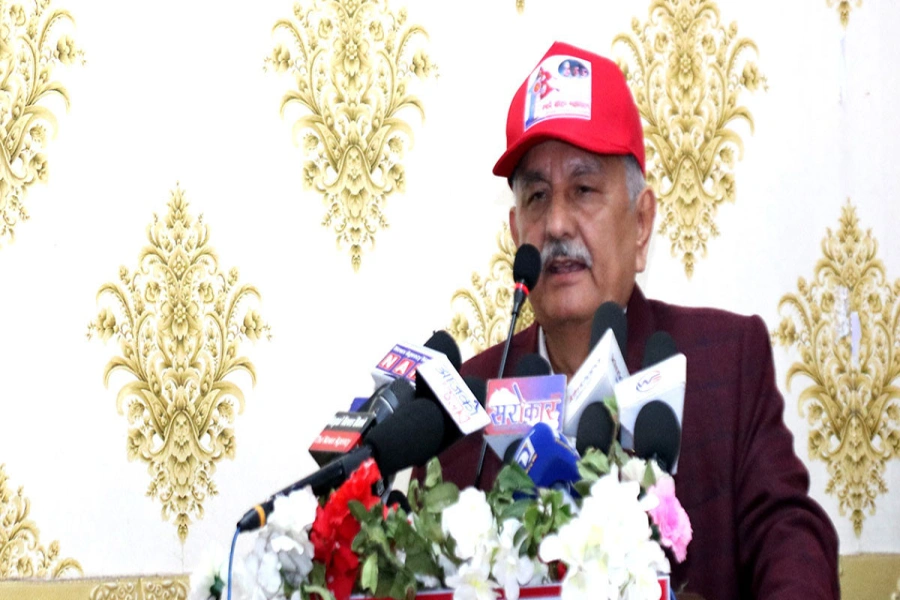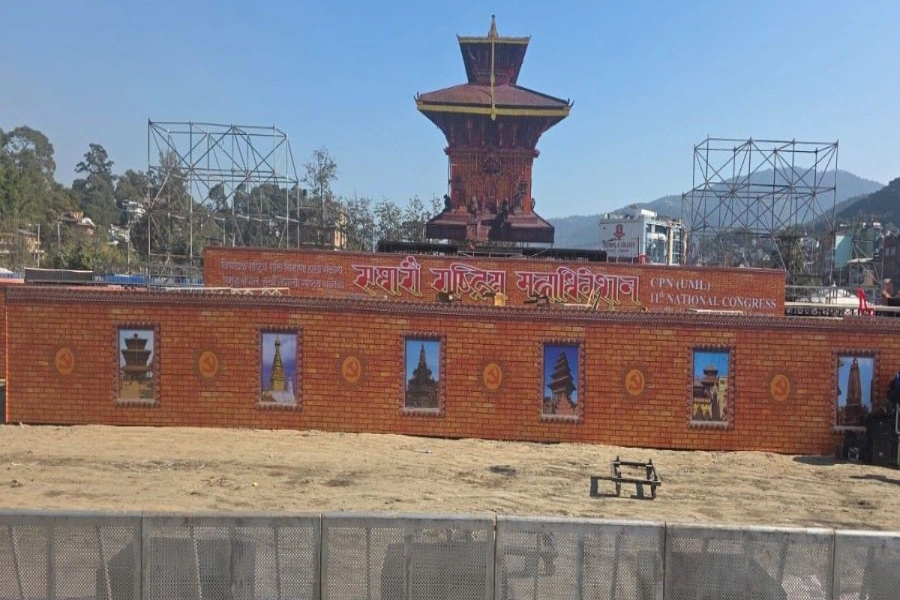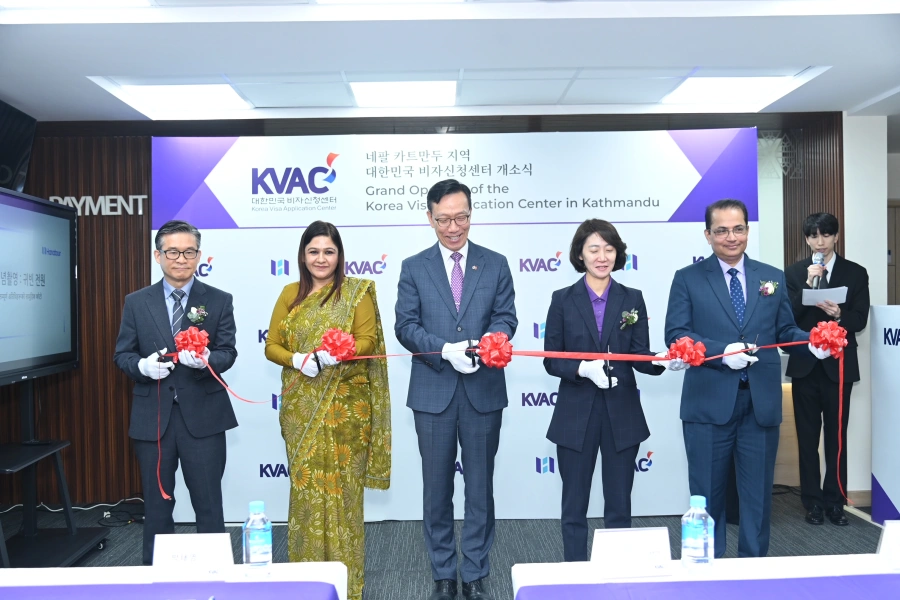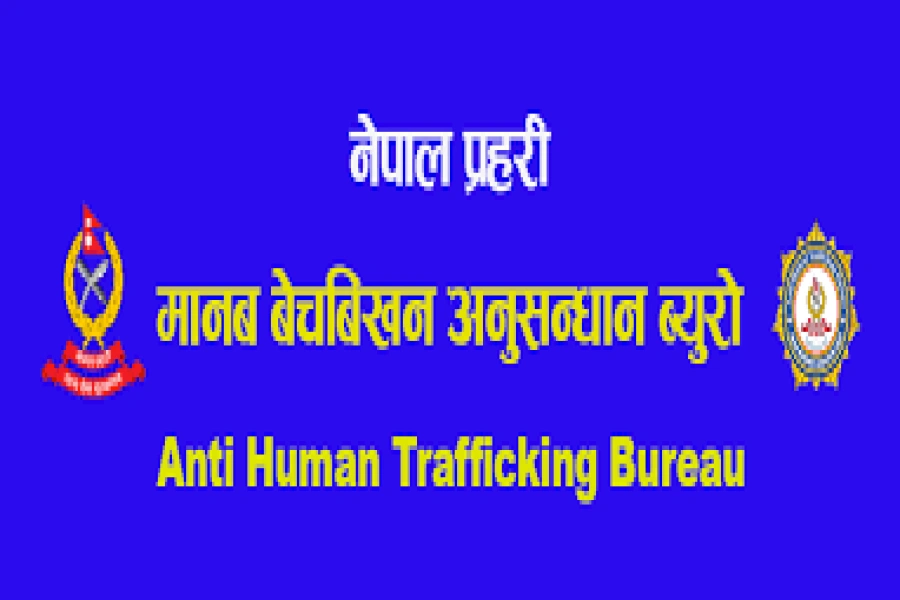As part of the green economy, Nepal has adopted the Green, Resilient, and Inclusive Development (GRID) approach to address slow domestic job creation, high vulnerability to climate change and environmental degradation, low rates of inclusion, and large infrastructure gaps for long-term green growth, climate action, and sustainable development for all. The green economy is one in which economic growth and environmental responsibility work together. It is based on six main sectors: renewable energy, green building, sustainable transport, water management, waste management, and land management. Moreover, it aims to reduce environmental risks and ecological scarcities for sustainable development without degrading the environment.
Nature is man's best friend, but humans have failed to replicate this friendly bond. With massive deforestation for modernizing societies, humans have failed to reconcile with nature, and that's when the concept of the green economy came into play. The world is confronting the severity of global greenhouse gas emissions, with the electricity sector contributing 25%, the industrial sector contributing 21%, and the transportation sector contributing 14%. United Nations Secretary-General Antonio Gutierrez's message in this regard seems to be an alarming signal on climate change, which he issued from Mount Everest during his visit to Nepal in October this year. His message says, "The world cannot wait!" on the terrible impact of the climate crisis in the Himalayas.
The green economy doesn't overlook the importance of the sustainability model but rather adds more features to the previous concept. Ecology, economy, and equity—these are the key points in a green economy. Humanity will face serious challenges in the coming decades, including climate change, biodiversity loss, growing inequality, and more, as our economic systems are not fit enough to deliver a good balance of environmental and developmental goals. Nepal remains alarmingly vulnerable to climate change with limited coping capacities against climate-induced hazards. Millions of Nepalis are estimated to be at risk from the impacts of climate change, including reductions in agricultural production, food insecurity, strained water resources, loss of forests and biodiversity, as well as damaged infrastructure. Nepal needs strong support from international communities to mitigate these problems.
Nepal's informal economy is 41 percent of GDP

On this subject, it is expected that the COP 28 climate summit, which is going to be held from Nov 30th to Dec 12th, 2023, in Dubai, would clear the path to support vulnerable countries, including Nepal, who are highly suffering from climate change. The Nepali delegation led by PM Pushpa Kamal Dahal is going to participate in the summit. The summit mainly would focus on support from loss and damage funds to countries affected by climate change, the review of the Paris Agreement 2015 on climate change will be concluded, and it will represent a landmark on the fight against global warming by limiting the average global temperature increase to 1.5 degrees Celsius. The UNEP Green Economy Report also argues "that to be green, an economy must not only be efficient but also fair. Fairness implies recognizing global and country-level equity dimensions, particularly in assuring a Just Transition to an economy that is low-carbon, resource-efficient, and socially inclusive.”
Our cities are not eco-friendly. Vehicular and industrial emissions increasingly contribute to air pollution in urban areas. We are breathing poisonous air in our cities, especially in the Kathmandu Valley, where the highest number of deaths are caused by air pollution compared to deaths by flood, landslide, and violence in the country. We are highly dependent on fossil fuels for transportation, cooking, and other purposes. To convert these sectors to renewable energy, we are not serious and well-planned to implement it as we need. Nepal does not have a green building code of concept that is environmentally responsible and resource-efficient throughout a building’s life-cycle—from planning to design, construction, operation, maintenance, renovation, and demolition. The building code includes materials selected for building homes with greenery, increasing the efficiency of water usage both inside and outside the home, increasing energy efficiency, and improving air quality, which improves the health and productivity of families. By the end of this decade, people in high numbers will be living in cities compared to rural areas.
Similarly, we are far behind in the water cycle management system both for humans and cultivation. That’s why, due to mismanagement of the water supply system in our cities and villages, its supply is not enough even for drinking and for agriculture development. To support sustainable development, land resources can also be used for organic agriculture, reforestation, water resource management, and eco-tourism projects. In recent years, concepts based on (re-)cycling resources are increasingly gaining importance. The most prominent among these concepts might be the circular economy; we must give high priority to this concept in our development and environmental protection. We must be serious about waste management activities, including the collection, transport, treatment, and disposal, together with monitoring and regulation of the waste management process.
With all these limitations, there is also room for improvement in Nepal. First of all, Nepal has comparative advantages in green tourism, with natural landscapes and biodiversity as major attractions. It is popular for ecotourism with integrated conservation initiatives, thereby acting as a major source of foreign currency earnings, which is greener than foreign earnings from other sectors of the economy. Community forestry in Nepal is now the second-largest forest management regime after government-managed forests. About one-fourth of Nepal’s national forest is now managed by more than 35 percent of the total population. The advantages of community forestry include employment and income generation from forest protection, tree felling, and log extraction, as well as non-timber forest products. It contributes more than three-quarters of energy needs to households and supports nature conservation. Additionally, Nepal has a labor-based option in the infrastructure sector that is greener as well as less costly than the equipment-based alternative. The use of traditional and conventional labor-based approaches in irrigation, soil and water management, erosion control, and sewage systems could be more effective to reduce the environmental externalities during infrastructure development.
As support to the green economy and a transition to green energy, Nepal is successfully producing hydroelectricity in required levels, not only for its consumption but also it has the capacity to supply cheap electricity to South Asian neighbors. Green economies require a transition to green energy generation based on renewable energy to replace fossil fuels as well as energy conservation and efficient energy use. Countries that follow a green economy focus on expanding public expenditure in solar energy, wind energy, hydropower, and geothermal energy; such an economy is inclined towards the production and consumption of organic foods and lower effects of climate change. With the rapid increase in urbanization, industrial spur, and broadening production and consumption base, the shift to a greener economy is not only an inevitable alternative for sustainable use of natural resources and consumption patterns but also to achieve the twin goals of economic growth along with environmentally friendly development practices.
The green economy may need government subsidies as market incentives to motivate firms to invest and produce green products and services, as green strategies can be highly profitable for companies that understand the business. And, during the selection of sectors of the economy for intervention, it must be in line with employment creation and that creates a broader impact to achieve the twin goals of economic growth and environmental conservation as well as efficient use of resources. Additionally, an inclusive green economy is one that improves human well-being and builds social equity while reducing environmental risks and scarcities. An inclusive green economy is an alternative to current economic models that promote overconsumption, exacerbate inequalities, encourage waste, trigger resource scarcities, and generate widespread threats to the environment and human health.






































